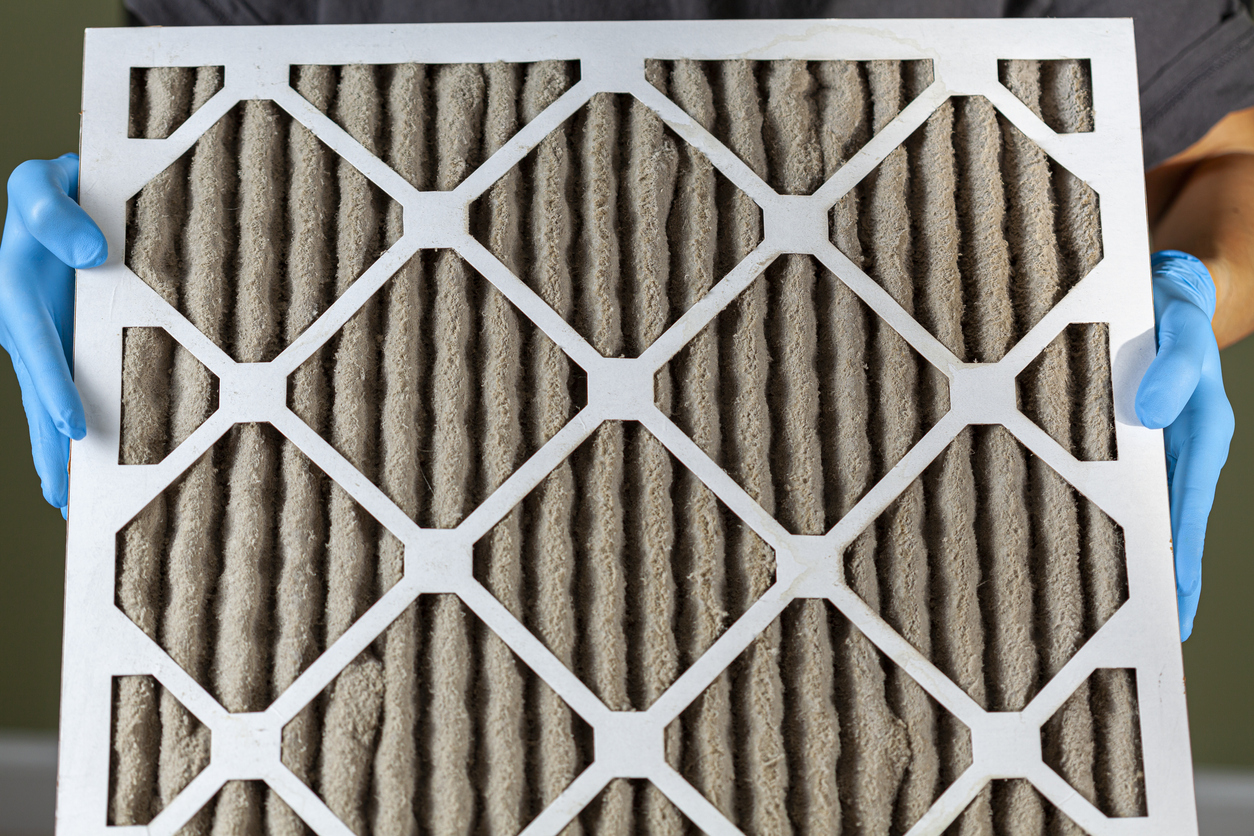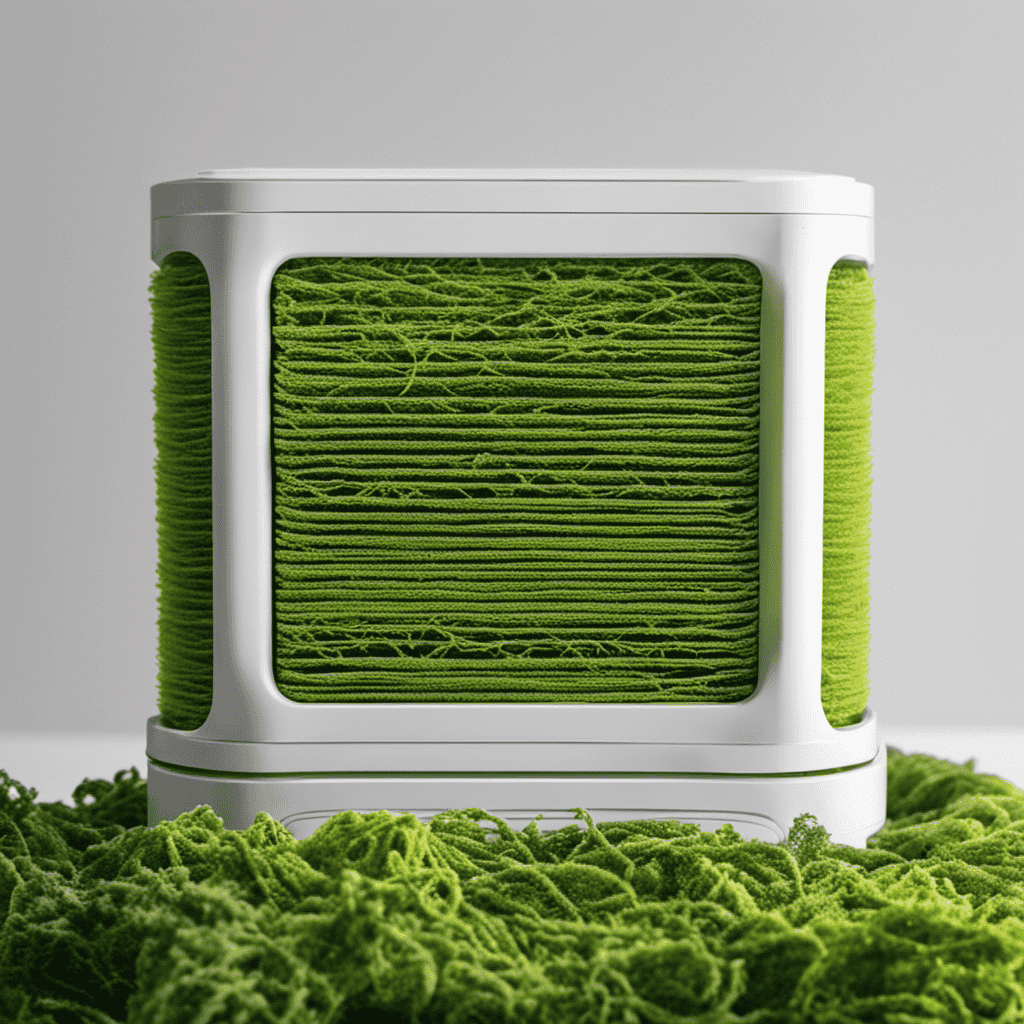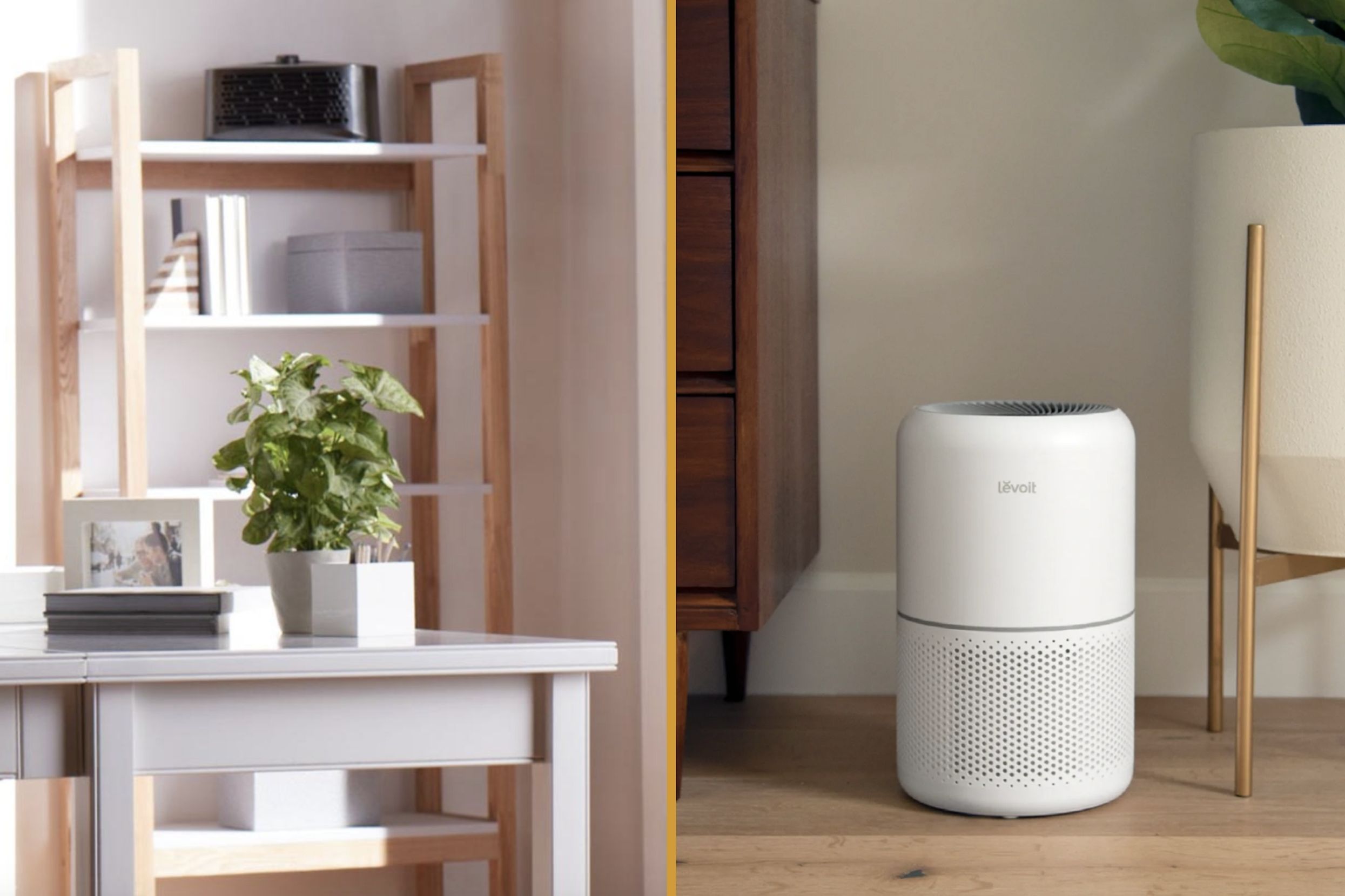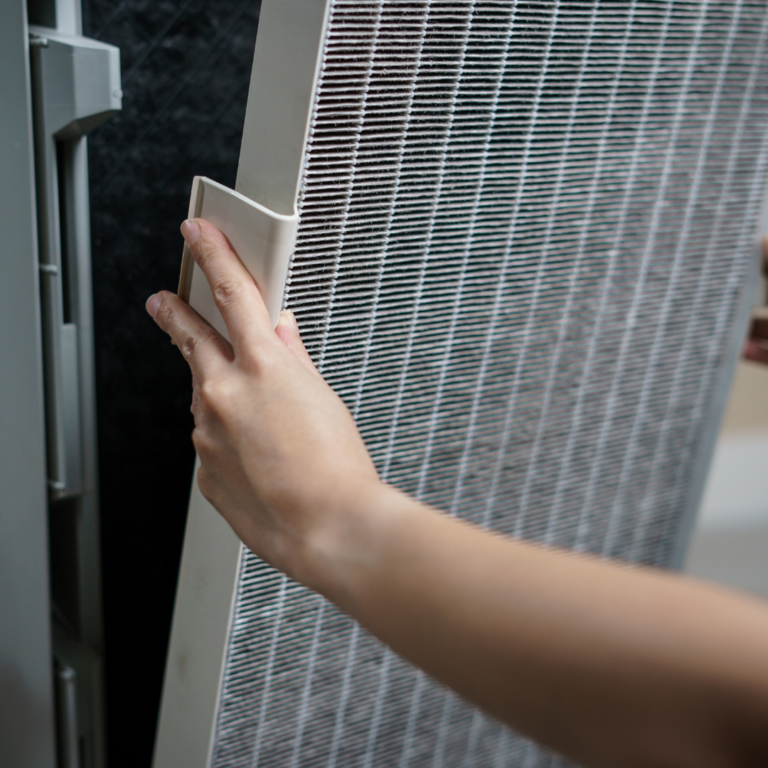Best Air Filter For Mold Spores

Mold spores are a pervasive presence in both indoor and outdoor environments, posing a significant health risk, especially for individuals with allergies, asthma, or compromised immune systems. Selecting the right air filter is crucial for mitigating these risks and maintaining a healthy indoor environment. But with a multitude of options available, determining the best air filter for mold spore removal can be a daunting task.
This article aims to provide an objective overview of different air filter technologies and their effectiveness in capturing mold spores. It will consider factors such as filtration efficiency, filter lifespan, and cost-effectiveness. The goal is to equip readers with the information needed to make informed decisions about air purification for their homes or workplaces.
Understanding Mold Spores and Filtration
Mold spores are microscopic particles produced by fungi and can easily become airborne. According to the Environmental Protection Agency (EPA), mold thrives in damp or humid conditions. Controlling moisture is the primary way to prevent mold growth; however, air filtration can significantly reduce the concentration of airborne spores.
Air filters work by trapping particles as air passes through them. The effectiveness of a filter depends on its Minimum Efficiency Reporting Value (MERV) rating, which indicates its ability to capture particles of different sizes. Higher MERV ratings signify greater filtration efficiency.
Key Air Filter Technologies
Several types of air filters are commonly used for mold spore removal, each with its own advantages and disadvantages.
HEPA filters, or High-Efficiency Particulate Air filters, are widely regarded as the gold standard for air filtration. They are designed to capture at least 99.97% of particles 0.3 microns in diameter, which includes mold spores.
Activated carbon filters, while not specifically designed for particulate matter, can be beneficial in addressing mold-related odors. They work by adsorbing volatile organic compounds (VOCs) and other gases that contribute to musty smells often associated with mold growth.
Electrostatic filters use an electrical charge to attract and trap particles. Their effectiveness can vary depending on the specific design and maintenance of the filter, and some may produce ozone as a byproduct, which can be harmful.
MERV Ratings and Mold Spore Capture
The MERV rating is a crucial factor to consider when selecting an air filter for mold spores. Filters with a MERV rating of 13 or higher are generally recommended for capturing mold spores effectively. This rating signifies the filter's ability to trap smaller particles, including those associated with mold.
According to the American Society of Heating, Refrigerating and Air-Conditioning Engineers (ASHRAE), MERV ratings from 13 to 16 are suitable for residential and commercial buildings where improved filtration is desired. These filters offer a good balance between filtration efficiency and airflow restriction, which can impact HVAC system performance.
It's important to note that higher MERV ratings may increase the static pressure within the HVAC system, potentially reducing airflow and increasing energy consumption. Consulting with an HVAC professional is advisable to ensure that the selected filter is compatible with the existing system.
Considerations for Selecting an Air Filter
Beyond MERV ratings, several other factors should be considered when choosing an air filter for mold spore removal.
Filter lifespan is an important consideration. Disposable filters typically need to be replaced every one to three months, while washable filters require regular cleaning to maintain their effectiveness.
The size of the room or area to be filtered is another crucial factor. Air purifiers are designed to handle specific room sizes, and selecting an appropriately sized unit is essential for optimal performance.
Cost is always a concern. HEPA filters generally have a higher upfront cost compared to less efficient filters, but their superior filtration efficiency may result in lower long-term costs due to improved air quality and reduced healthcare expenses.
The Role of Professional Mold Remediation
While air filters can help reduce airborne mold spores, they are not a substitute for professional mold remediation. If visible mold growth is present, it's essential to address the underlying moisture issue and have the mold removed by qualified professionals.
According to the Centers for Disease Control and Prevention (CDC), mold cleanup should be performed by individuals with appropriate training and personal protective equipment. Ignoring mold growth can lead to serious health problems and structural damage to the building.
Air filters can be a valuable tool in maintaining healthy indoor air quality after mold remediation has been completed, helping to prevent the recurrence of mold problems.
Conclusion
Selecting the best air filter for mold spores involves careful consideration of several factors, including MERV rating, filter type, filter lifespan, room size, and cost. HEPA filters with a MERV rating of 13 or higher are generally recommended for effective mold spore removal.
While air filtration can significantly improve indoor air quality, it's crucial to address the underlying causes of mold growth and consider professional mold remediation when necessary.
By taking a proactive approach to air filtration and moisture control, individuals can create healthier indoor environments and minimize the risks associated with mold exposure.
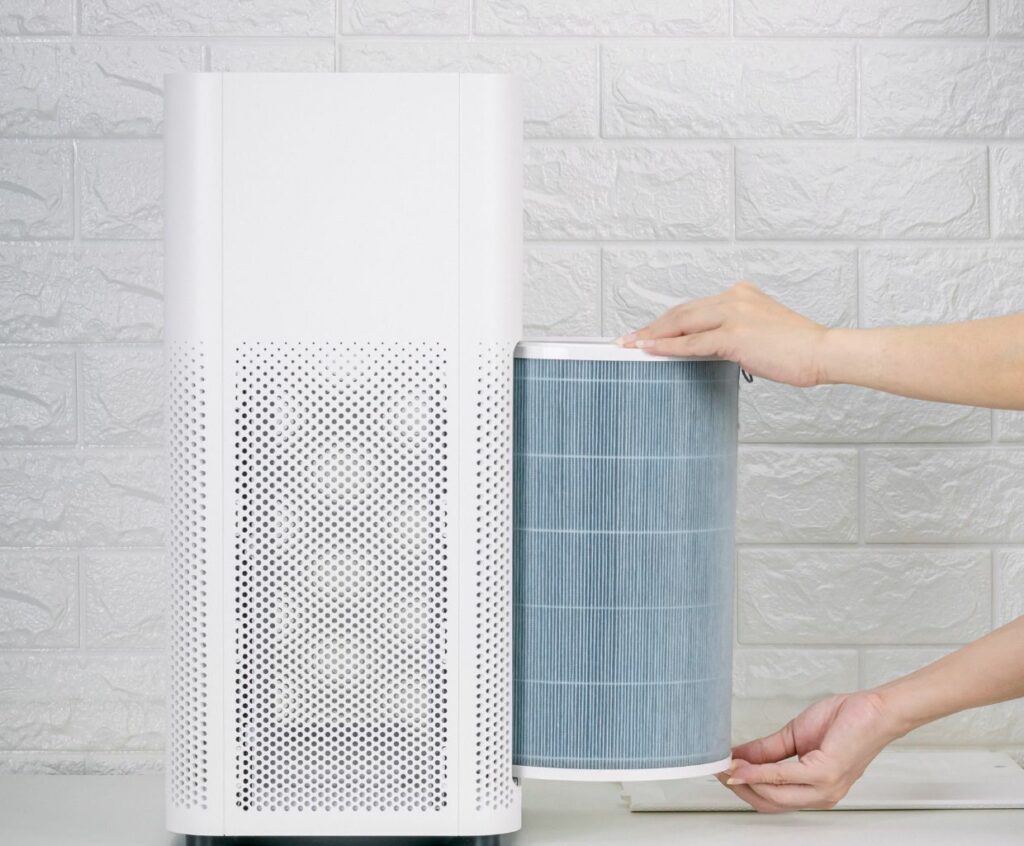
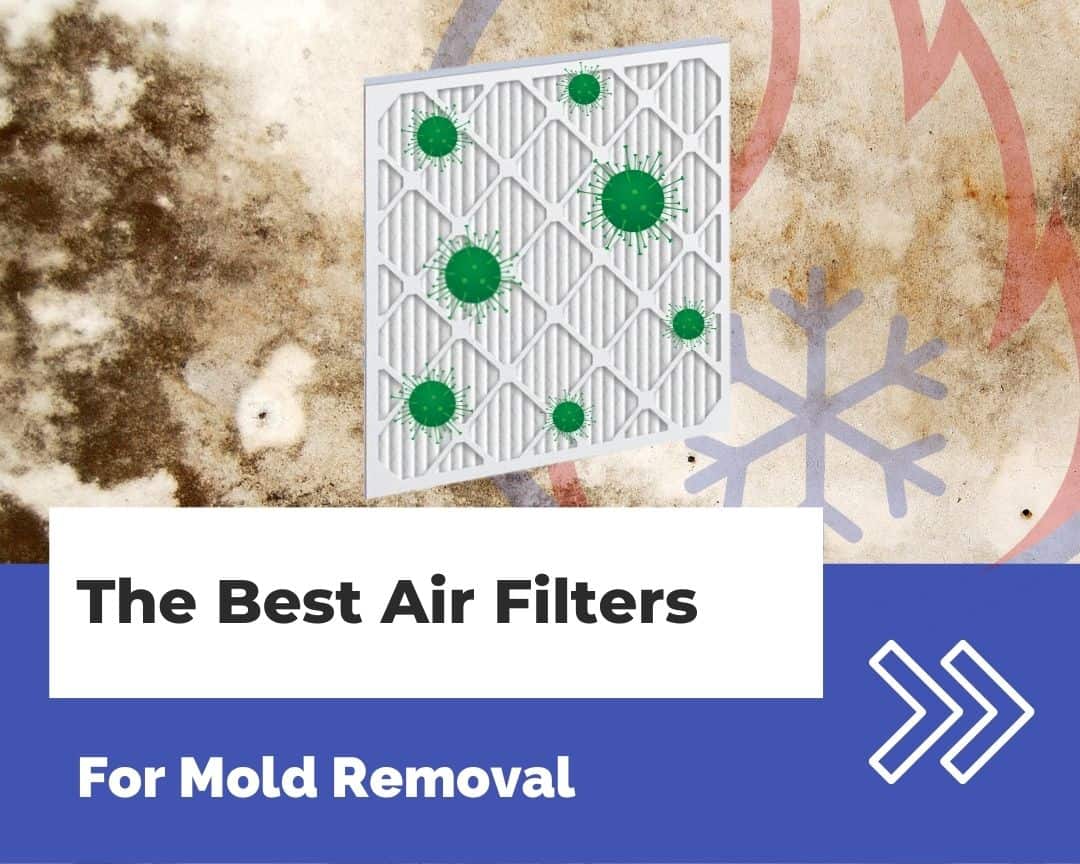

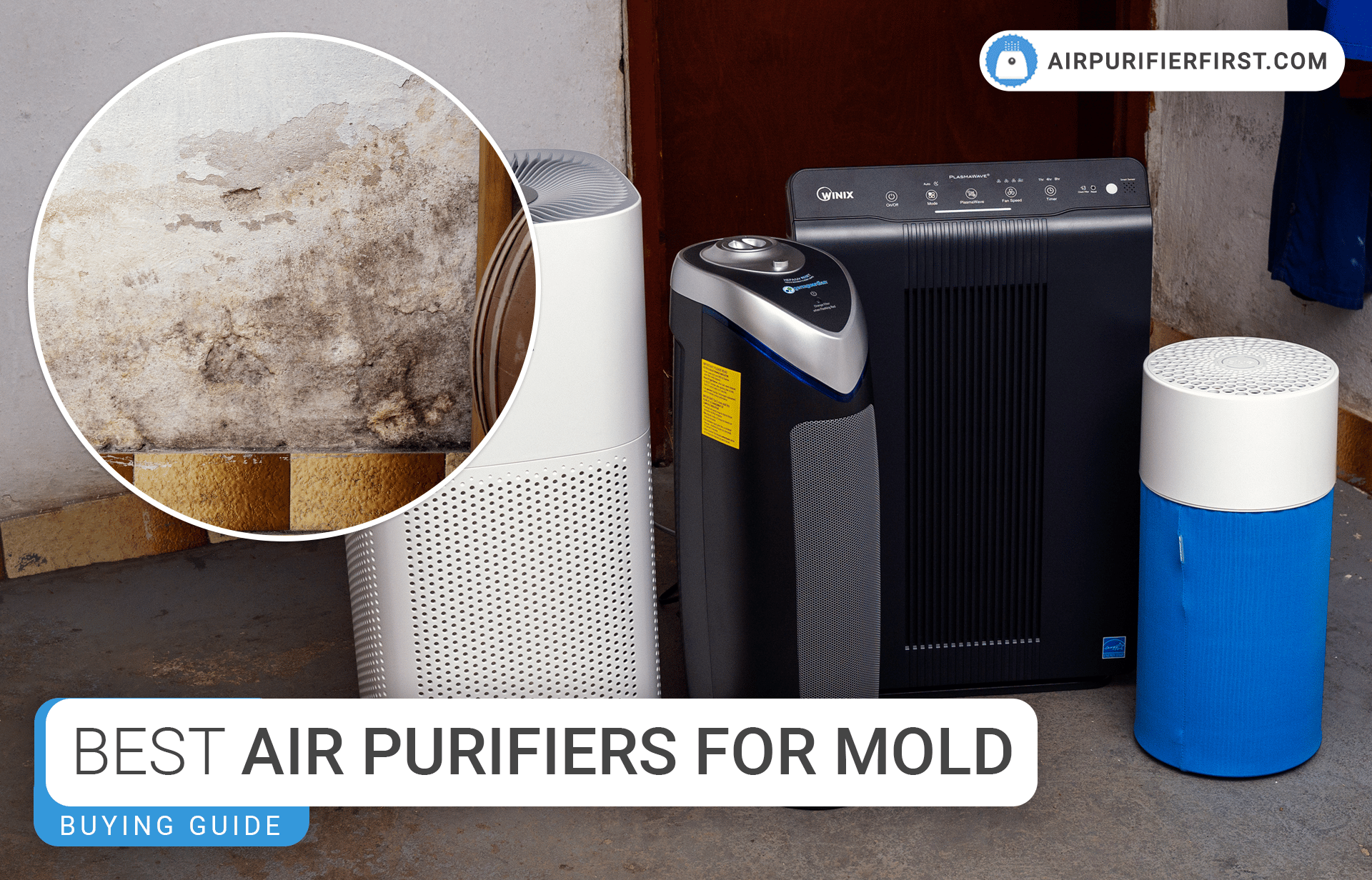
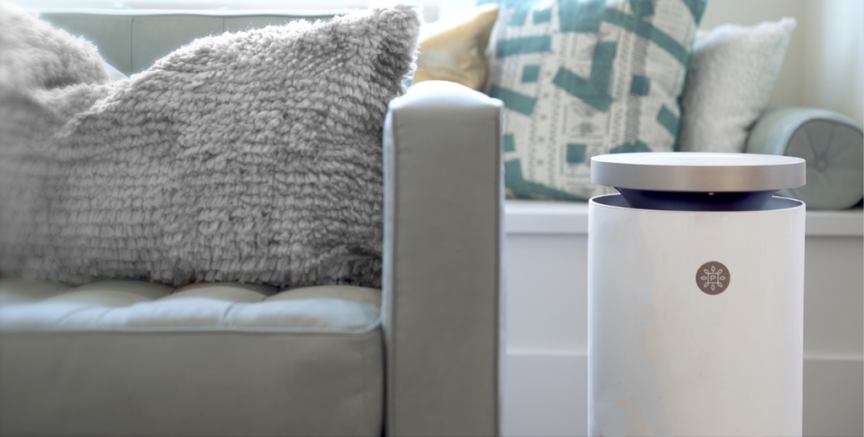
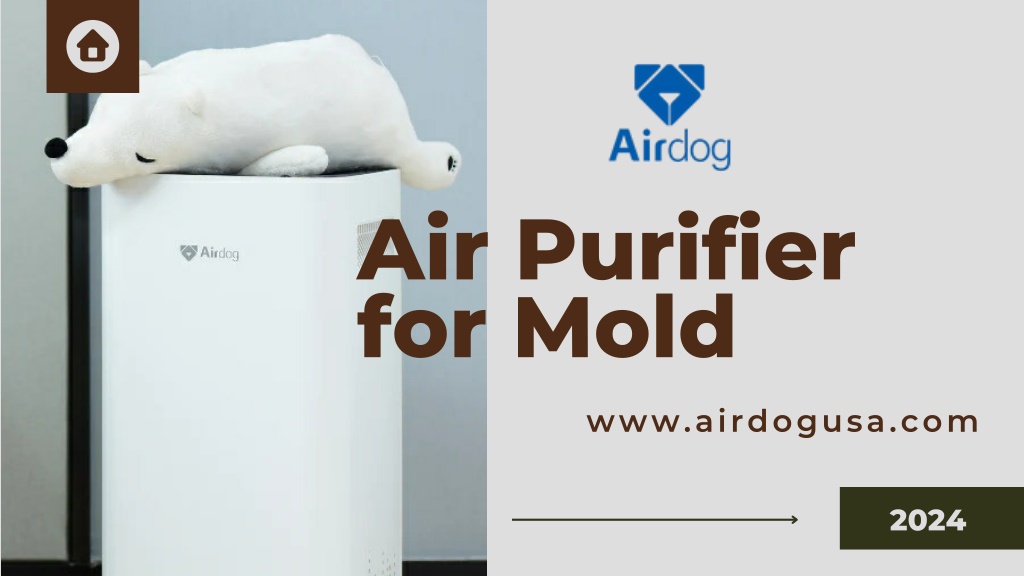
.jpeg)
